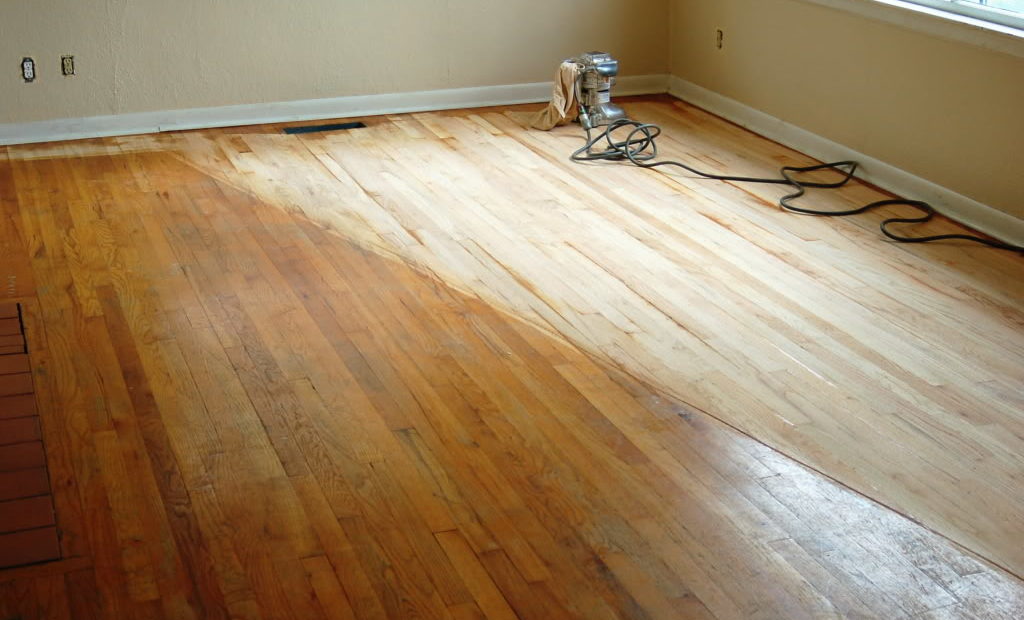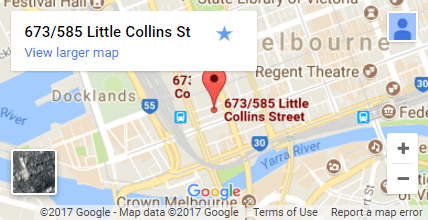Floor sanding is an important process for wood floor restoration, but traditional methods can generate a lot of dust. It can cause many problems for you and your family. But the good news is there’s a solution: dustless floor sanding. It’s a cleaner and more efficient alternative that has gained popularity in recent years.
In simple terms, you can achieve a polished floor without the hassle of airborne dust with dustless floor sanding.
Here, we’ll discuss what dustless floor sanding Melbourne is, its benefits, and how you can get that perfect floor finish without the dust headache.
What is Dustless Floor Sanding?
Dustless wood floor sanding is a method to refinish hardwood floors without creating lots of dust. It works by connecting a strong vacuum to the sanding machine, which sucks up the dust as the floor is sanded. This makes sure that not much dust is floating around in the air.
It’s great for keeping your home clean and is especially helpful for people with allergies, asthma, or breathing issues. This method helps create a healthier living space by minimising airborne dust, making it a smart choice for anyone looking to improve their home environment.
Advantages of Dustless Floor Sanding
In recent times, dustless floor sanding has gained a lot of attraction. It not only reduces the amount of dust generated in the sanding process but also offers many other benefits.
1. A Cleaner Space
Dustless floor sanding keeps your space much cleaner compared to traditional methods. Regular sanding can leave a layer of dust everywhere, but with dustless sanding, a special vacuum system grabs most of the dust right away.
This makes the whole process tidier and saves you from doing an extensive cleanup job after the sanding process.
2. Better Air Quality
Sanding usually creates a lot of airborne dust, which can be harmful to your health and other residents. Fine wood dust can irritate your eyes, nose, and throat, especially if you have asthma-related breathing issues.
Dustless sanding takes care of this problem by capturing the dust as it’s generated. This not only keeps the air cleaner but also makes the whole process safer for everyone involved.
3. Improved Floor Aesthetics
Regular sanding can let the dust settle back onto the floor, making the final result less smooth and attractive.
Dustless sanding tackles this issue head-on. Because it removes the dust right away, there’s much less chance of it ruining your freshly sanded floors. This means a smoother, more even finish and an overall better-looking result.
4. Saves Time and Money
Thanks to the cleanliness of dustless floor sanding, you spend less time cleaning up after the sanding is done. This not only speeds up the entire project but also cuts down on labour costs.
Additionally, the dustless system is efficient at removing old finishes and surface damage, making the sanding process even quicker.
5. Environmentally Friendly
Dustless floor sanding leaves less impact on the plant than any other sanding method. The dust it collects often contains old finishes and adhesives with harmful chemicals.
By handling and disposing of this dust properly, dustless sanding prevents these substances from getting into your home or being released into the air outside. It’s a greener choice for the planet.
6. No Need to Vacate Home
Regular sanding can make you vacate your home because of all the dust produced. It can be inconvenient and even result in extra living expenses.
Since dustless floor sanding significantly reduces airborne dust, you can often stay in your home during the process, making it much more convenient for you and your family.

Step-by-Step Dustless Floor Sanding Process
Dustless floor sanding promises a plethora of benefits for the well-being of your home and family. But it requires careful planning and the right equipment for desired results.
Follow these steps to ensure a successful floor sanding experience:
1. Preparing the Workspace
The first step in dustless wood floor sanding is the preparation of the area. Remove all furniture, rugs, and personal belongings from the room.
Seal off vents, doorways, and windows with plastic sheeting to contain dust and prevent it from spreading to other areas of your home. Prioritise safety by wearing a dust mask, goggles, and ear protection throughout the process.
2. Gathering Tools and Equipment
To achieve optimal results, gather these necessary tools and equipment:
- Dustless floor sander (available for rent at most home improvement stores)
- Sanding discs in coarse, medium, and fine grits
- Dustless orbital sander or buffer (for edges and corners)
- Vacuum with a HEPA filter
- Tack or microfiber cloth
- Wood filler (if needed)
3. Sanding the Floor
Attach the coarse-grit sanding disc to the dustless floor sander and start sanding from one end of the room, moving with the wood grain.
Ensure an even sanding by overlapping each pass by about one-third of a part. Vacuum the floor with a HEPA-filtered vacuum after each pass to eliminate residual dust. Progress through medium and fine grits, repeating the process and vacuuming thoroughly.
4. Sanding Edges and Corners
Use a dustless orbital sander or buffer with appropriate sanding discs to sand edges and corners. Follow the same grit progression as the floor sander, from coarse to fine grit.
Thoroughly sand edges and corners to maintain a consistent finish. Vacuum after each pass to eliminate dust produced during the process.
5. Filling Gaps and Holes
Inspect the floor for any imperfections such as gaps, holes, or cracks. Apply wood filler as needed, following the manufacturer’s instructions for proper application and drying times.
After drying, sand the filled areas with fine-grit sandpaper to achieve a smooth, even surface.
6. Final Cleanup and Inspection
Before applying the finish, conduct a thorough cleanup. Use a tack cloth or microfiber cloth to wipe down the entire floor, paying extra attention to corners, edges, and potential dust accumulation areas. Ensure the floor is entirely free of dust and debris.
7. Applying the Finish
With a dust-free surface, it’s time to apply the finish. Choose a finish compatible with your wood flooring and adhere to the manufacturer’s instructions for proper application.
Applying two to three coats is generally recommended, with ample drying time between each coat.
8. Reinstalling Furniture and Rugs
Once the finish has fully cured, carefully rearrange the furniture and rugs in the room. Be cautious when moving items to prevent scratches or dents, and use furniture pads or coasters to protect your newly refinished floor.
Most Frequently Asked Questions
Is dustless floor sanding really dustless?
Despite it’s called “dustless”, the reality is that it is not entirely dust-free. A small amount of dust is inevitably generated and released into the air during any hardwood floor finishing process.
How do I keep dust down when sanding my floor?
Use a vacuum with a HEPA filter to eliminate dust from both the floor and nearby surfaces after each sanding phase. This will reduce dust accumulation and prevent it from becoming airborne again.
Can dustless floor sanding be applied to all types of flooring materials?
Dustless floor sanding is suitable for various types of flooring, including hardwood, engineered wood, and some types of softwood. It is essential to consult with professionals to determine the compatibility with specific flooring materials.
Does dustless floor sanding compromise the quality of the sanding and finishing results?
No, dustless floor sanding employs advanced technology to provide high-quality results comparable to traditional methods. The absence of dust enhances the overall finish and ensures a smoother, more even surface.
Does dustless floor sanding work on old or damaged hardwood floors?
Yes, dustless floor sanding can be effective in restoring the beauty of old or damaged hardwood floors. It removes imperfections, such as scratches and stains, and provides an opportunity to apply a new finish.
Dustless floor sanding is a cleaner and healthier alternative to traditional methods. Follow these simple steps to achieve professional-looking results.
With the right tools, a bit of patience, and some effort, you can bring new life to your floors and maintain a clean, healthy living environment.
To get the desired results for your floors without accumulating dust, trust floor sanding Melbourne professionals. At Timber Floor Sanding Melbourne, we have been a leading company in the floor sanding and polishing industry. So, you can rely on us to get the best possible results for your floors. Reach out to us, and we will transform your floors, ultimately boosting your property value!


